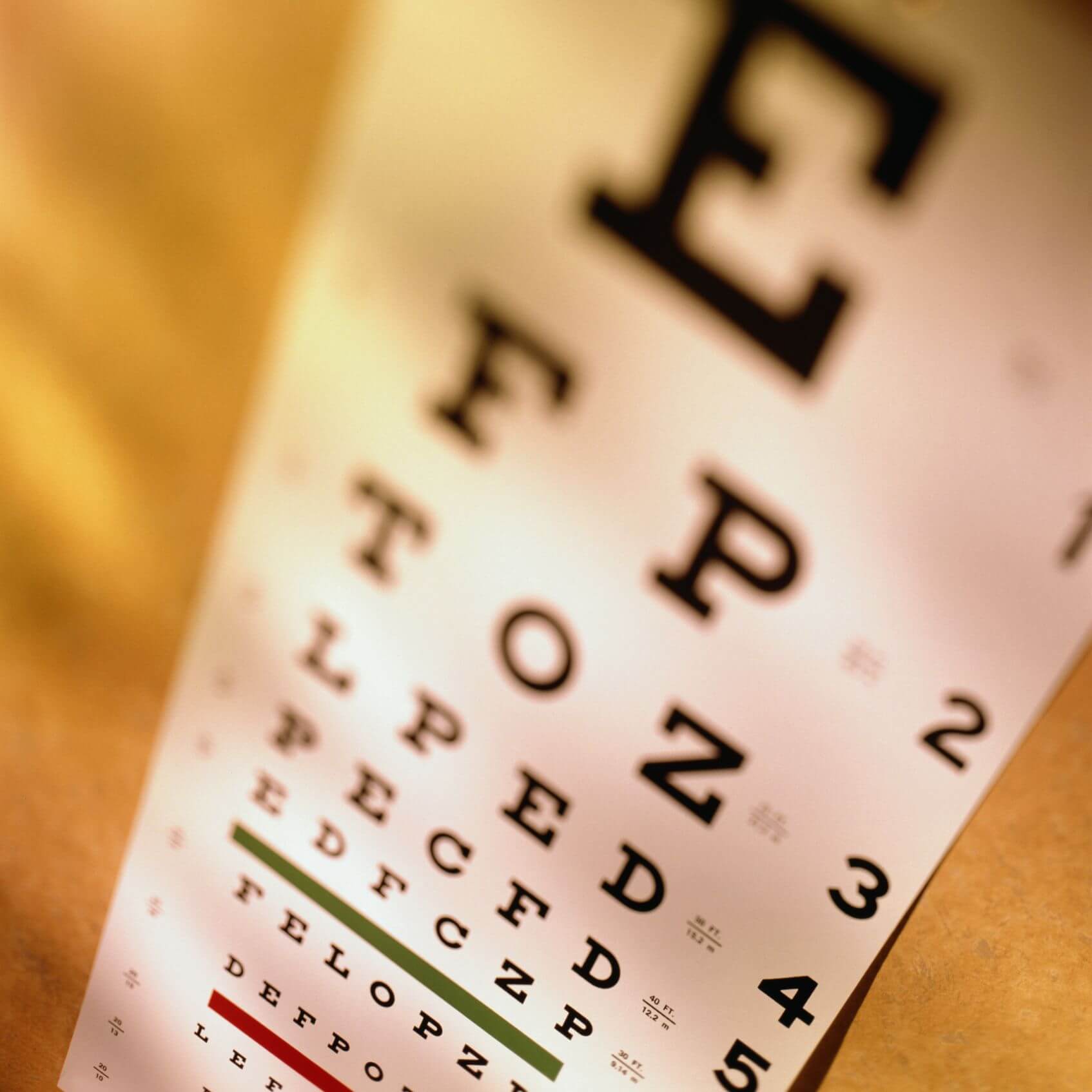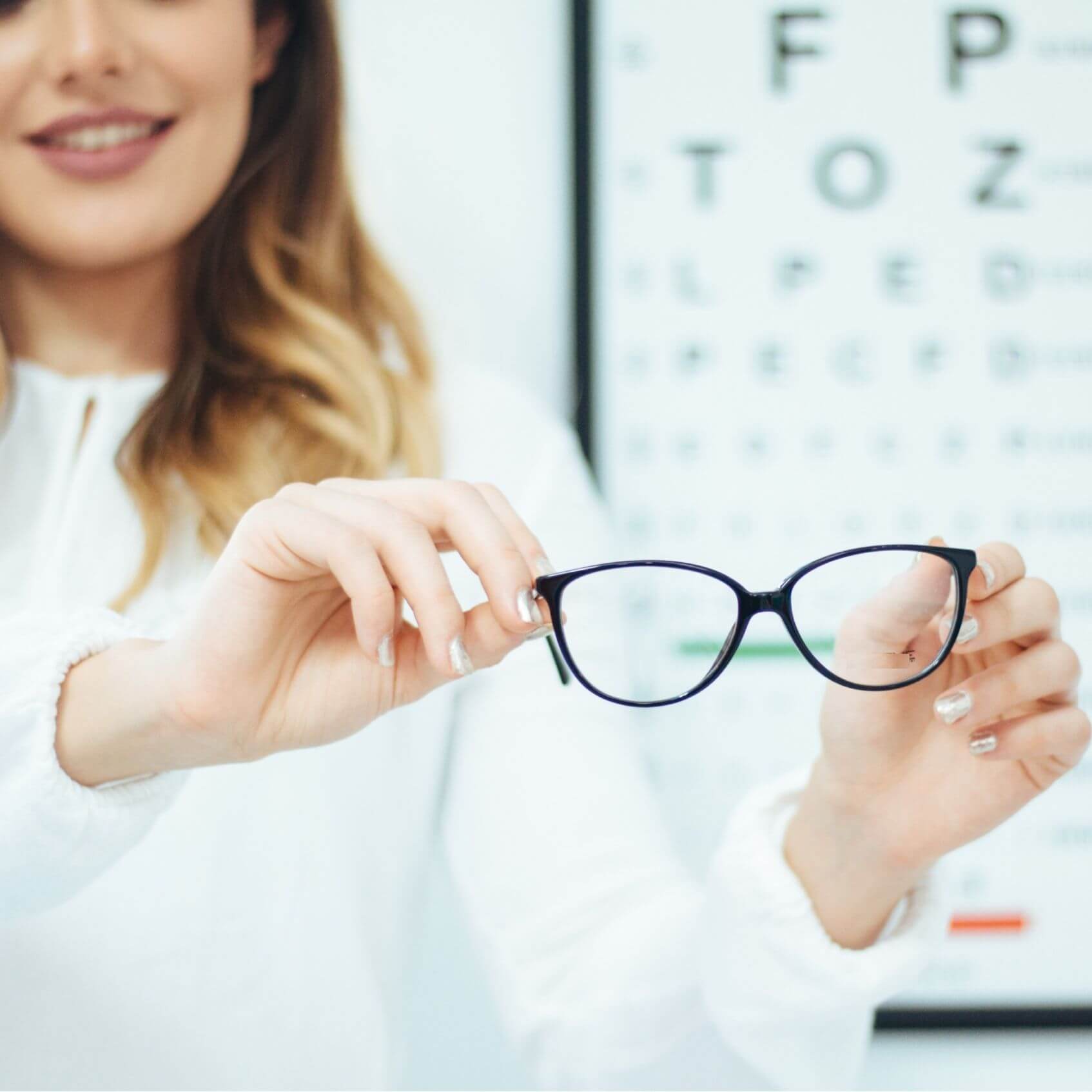The terms “nearsighted” and “farsighted” get thrown around a lot, but many people who visit VC Vision aren’t sure exactly what the terms mean, and that’s because the both words are confusing.
Let’s take a closer look at these terms, the underlying conditions responsible, and advice on when and how to get help.
What does it mean to be nearsighted?
When objects that are far away from you look blurry and objects that are close to look clear, you are probably nearsighted.
In simple terms, if you are nearsighted, you cannot see far away objects in the same way that people with normal vision do.
“Myopia” is the cause of nearsightedness
Myopia refers to the shape of an eyeball. When the eyeball is too long, it is said to bemyopic. And this is the cause of nearsightedness.
Who is at risk of being nearsighted?
Nearsightedness or myopia is a common condition that affects an estimated 25% of Americans. According to the Mayo Clinic, nearsightedness tends to run in families and is often first diagnosed during childhood or into the teen years.
Symptoms & Side Effects of Nearsightedness
Common symptoms of nearsightedness include blurry distance vision, squinting, and eye strain.
Ask these questions if you suspect nearsightedness:
- While driving, have you ever strained to see the names of street signs?
- On highways, have you missed exits because you couldn’t read the signs until it was too late?
- Has your child complained of not being able to read the whiteboard in school?
If you answered ‘yes,’ to any of these questions, you can always test for nearsightedness at home. Then schedule an appointment with an optometrist and get corrective lenses.
How to test for nearsightedness at home
At-home testing is not a professional eye exam, but it can convince a stubborn relative to get a professional eye exam and a prescription. Here’s how it works:
- First, print out this Snellen Eye Chart and tape it to a wall in your house or apartment. Make sure the area is well-lit. (If it’s printed on standard paper, the largest letters will be about 23 millimeters tall)
- Stand 10 feet away from the chart.
- Cover one eye.
- Read the letters one row at a time, recording your results as you go. Repeat for the other eye.
- If you can read the bottom line, you have 20/20 vision. If not, you may have a nearsighted vision problem.
What does it mean to be farsighted?
When objects close to your eyes look blurry and objects farther away look clear, you may be farsighted.
“Hyperopia” is the Cause of Farsightedness
Hyperopia is the condition that is responsible for farsightedness. It occurs when your eyeballs are too short.
If you’ve ever been unable to read words on the page of a book or e-reader or your phone due to blurry vision, you may have experienced farsightedness and may suffer from hyperopia.
Symptoms & Side Effects of Farsightedness
Farsightedness (or hyperopia) can lead to eye strain, tearing, blinking, headaches, eye fatigue, difficulty reading, and even reduced hand-eye coordination.
Who is at risk of being farsighted?
Farsightedness is much less common than nearsightedness, although it is more common in children than adults.
An estimated 13% of school-age children are farsighted; however, the prevalence decreases in adults.
How to test for farsightedness at home
- Use the same test above (described for nearsightedness), only hold the print-out 14 inches from your eyes.
- Read the chart using each eye separately as described above.
- Record the size of the smallest line you were able to read accurately.
- If you can read the bottom line, you have 20/20 vision. If not, you may have a farsighted vision problem.
Talk to a vision expert if you have any doubt about your home test.
Corrective Lenses are Effective and Affordable
Remember that your vision can change gradually over the years without your ever being aware of the change. Problems reach a tipping point quickly, and that’s when testing and corrective lenses are necessary for quality of life and safety.
Your vision is your most important sense and must be cared for properly. Schedule an eye exam at VC Vision today, and you might be impressed at how beautiful the world can be.


